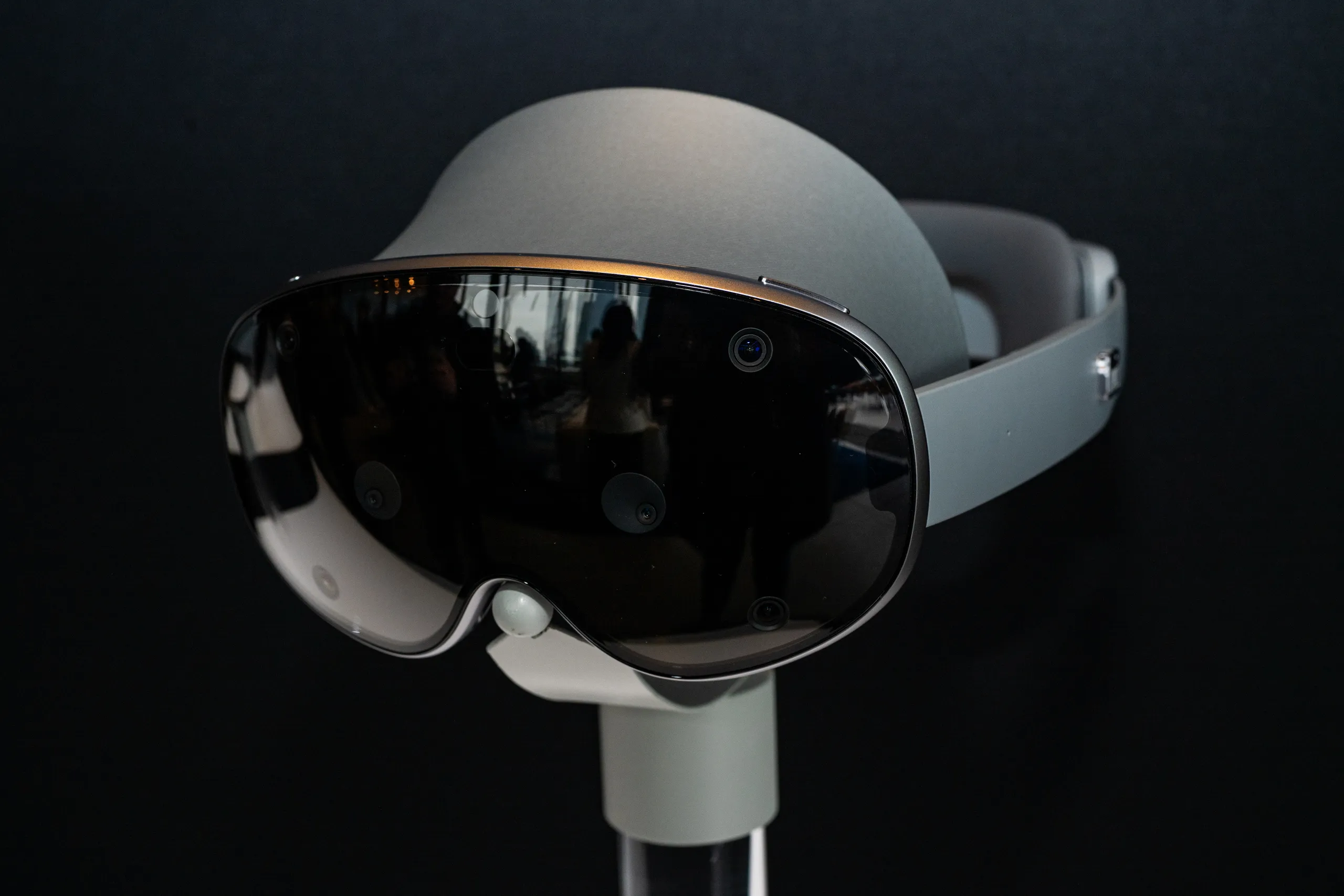Samsung has formally released the Galaxy XR Headset, its first extended reality device in partnership with Google and Qualcomm. At around $1,800, Galaxy XR comes to market in direct competition with Apple’s Vision Pro, which costs nearly twice as much. The move is a significant development in Samsung’s exploration of immersive computing, combining artificial intelligence, spatial awareness, and real-time interaction into one wearable experience.
Android XR and Snapdragon XR2 Plus Gen 2-powered
Qualcomm’s Snapdragon XR2 Plus Gen 2 chipset is what powers the Galaxy XR, and it’s one that’s specifically tailored for extended reality use. Android XR operates the headset, a new OS jointly developed with Google to handle immersive environments and AI-native experiences. The combination enables effortless multitasking, ultra-low latency, and high-resolution rendering for entertainment, productivity, and gaming use cases.
Gemini AI integration provides real-time intelligence
One of the most impressive aspects of the Galaxy XR is its extensive integration with Google’s Gemini AI assistant. Users can access their environment with voice commands and gestures. For instance, gazing at a monument or product can initiate contextual info, reviews, or historical facts. Gemini can also be used to help with navigation, content creation, and even real-time translation, effectively making the headset a versatile tool for both daily use and professional workflows.
Design and comfort for extended sessions
The Galaxy XR has a minimalist visor-style design with six exterior cameras, a rear fit dial, and a light, optimized-for-comfort build. The display inside has high pixel density for clear images, and the adjustable headband provides a secure fit when worn for long periods. Samsung also released a standalone Galaxy XR Controller for more accurate input as an optional accessory.
A credible rival to Apple Vision Pro
While Apple’s Vision Pro has taken the headlines, Samsung’s Galaxy XR is a convincing alternative at almost half the cost. Thanks to its open Android XR platform, Gemini AI support, and comparable hardware, the Galaxy XR is well poised to appeal to a wider customer base. Apple is said to have pushed out its next-generation Vision Pro to 2027, providing Samsung with a strategic window of opportunity to grab market share and firm up its XR strategy.
Use cases: from entertainment to enterprise
The Galaxy XR is more than a consumer device—it’s an adaptable platform for immersive experiences. It enables 3D movie streaming, virtual meetings, educational simulation explorations, and even 3D model creation through natural hand gestures. For business users, the headset provides remote collaboration, training, and field service assistance tools. Its AI functionality makes it particularly valuable in changing situations where real-time decision-making is paramount.
Availability and future roadmap
The Samsung Galaxy XR is now on sale in some markets through Samsung’s official website and retail partners. The company has also confirmed plans to add more form factors to the XR family, such as AI-enabled smart glasses. That indicates a long-term vision for creating a spatial computing ecosystem of devices that can go unnoticed during daily use.



